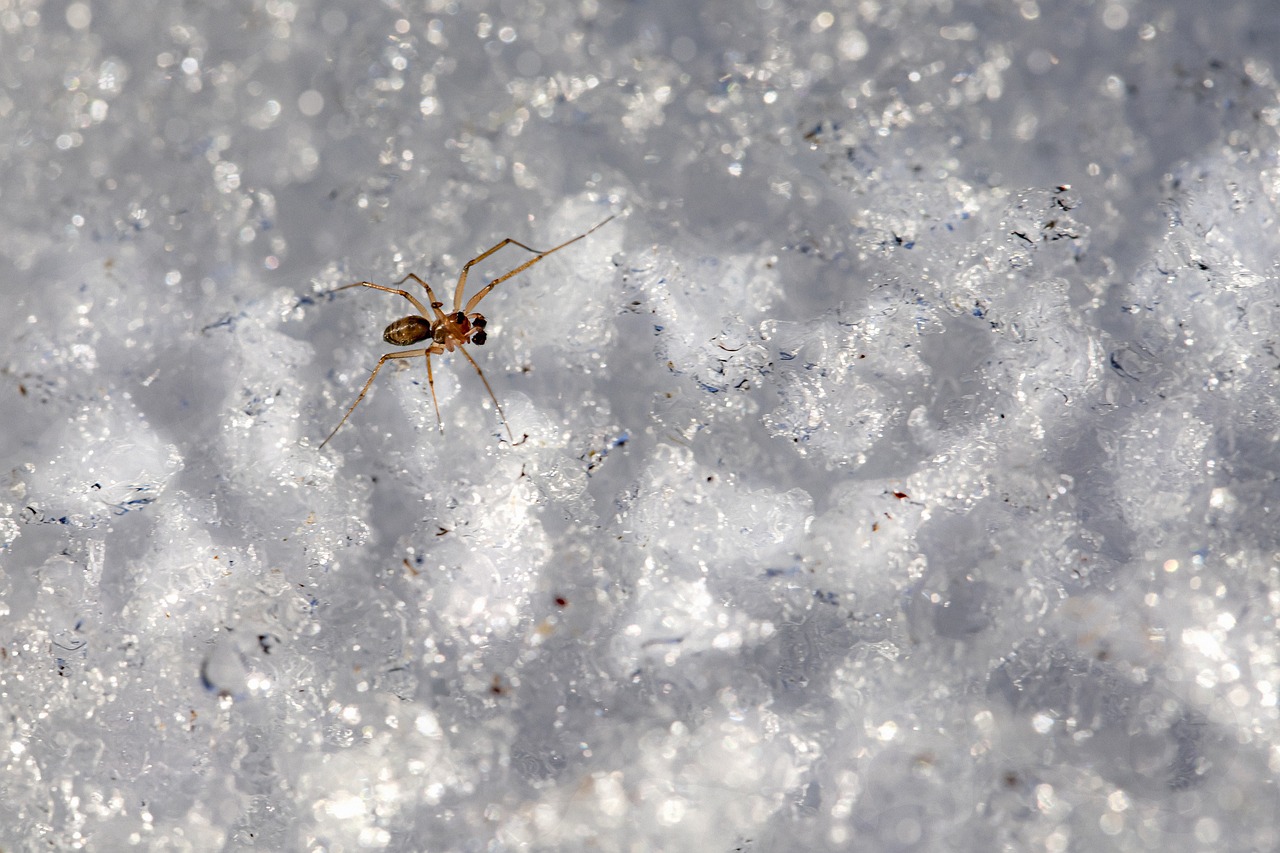The False Widow Spider (Steatoda grossa) is a member of the family Theridiidae, commonly known as comb-footed spiders. Often mistaken for the more dangerous black widow, the false widow is less harmful and has gained attention due to its resemblance and occasional bites. Here’s an overview of the False Widow Spider:
Appearance
Adult Spider:
- Size: Females are larger, typically 6.5-10 millimeters, while males are smaller, about 4-6 millimeters.
- Coloration: Females are usually dark brown to black with a bulbous abdomen. Males are lighter in color with a more slender build.
- Markings: They often have a pattern of white or cream markings on the top of their abdomen, which can sometimes resemble a skull or other shapes.
Habitat
- Preferred Habitats: False widows prefer warm environments and can often be found in human dwellings, including homes, garages, sheds, and other structures.
- Geographic Range: Originally native to Madeira and the Canary Islands, they have spread to many parts of the world, including Europe, North America, and Australasia.
Behavior
- Webs: They build irregular, tangled webs where they stay hidden during the day and come out at night to catch prey.
- Feeding: Their diet consists primarily of insects and other small invertebrates. They immobilize prey with their venom before consuming them.
- Reproduction: The female lays eggs in a silk sac, which she guards until the spiderlings hatch.
Life Cycle
Eggs:
- Appearance: Eggs are laid in a silken sac.
- Incubation: The female guards the egg sac until the spiderlings hatch, which can take a few weeks.
Spiderlings:
- Development: After hatching, spiderlings go through several molts as they grow. They disperse to find their own suitable habitats.
Identification Tips
- Shape and Size: The bulbous abdomen and relatively small size are key features.
- Coloration and Markings: Dark brown to black coloration with lighter markings on the abdomen.
Ecological Role
- Pest Control: By feeding on insects and other small arthropods, false widows help control pest populations.
- Prey and Predator Dynamics: They are preyed upon by larger spiders, birds, and some mammals.
Conservation Status
- Population: False widows are not considered threatened and are common in many parts of their range.
- Threats: They face minimal threats, mainly from habitat disturbance and extermination efforts in homes.
- Conservation Efforts: There are no specific conservation efforts needed for this species due to its stable population and adaptability.
Human Interaction
- Venom: While they do possess venom, false widow bites are generally mild and only cause minor symptoms such as pain, redness, and swelling. Severe reactions are rare and usually occur in individuals with allergies or compromised immune systems.
- Bites: Bites can occur when the spider feels threatened, usually when trapped in clothing or bedding.
Summary
The False Widow Spider (Steatoda grossa) is an adaptable and widespread species often found in human habitats. Although it resembles the more dangerous black widow, it is less harmful and plays a beneficial role in controlling insect populations. With a stable population and minimal threats, the false widow spider thrives in various environments. Its presence in homes and other structures often leads to human encounters, but bites are rare and usually not severe. Recognizing the false widow spider’s distinctive appearance and understanding its behavior can help mitigate unfounded fears and promote coexistence.
Views: 1107
